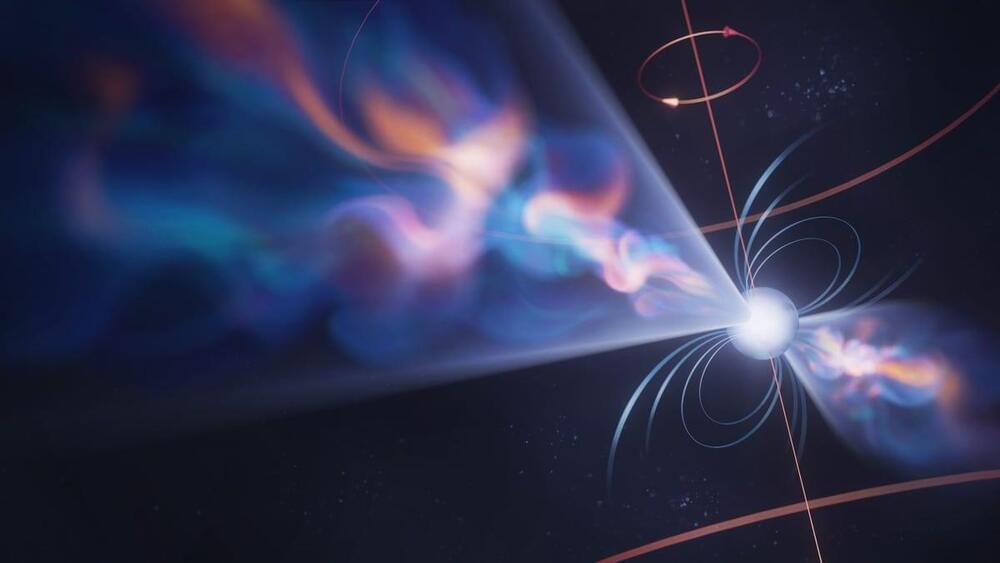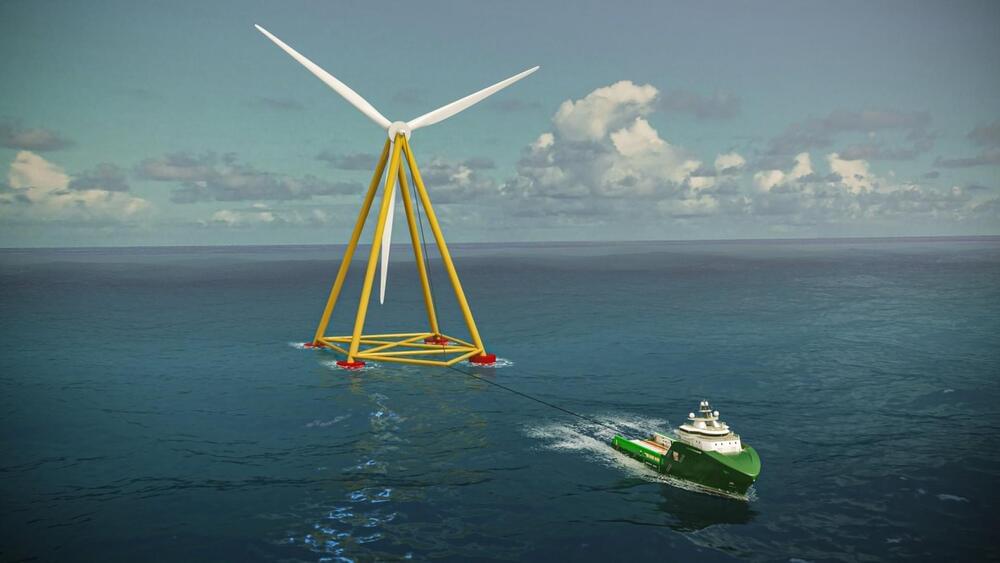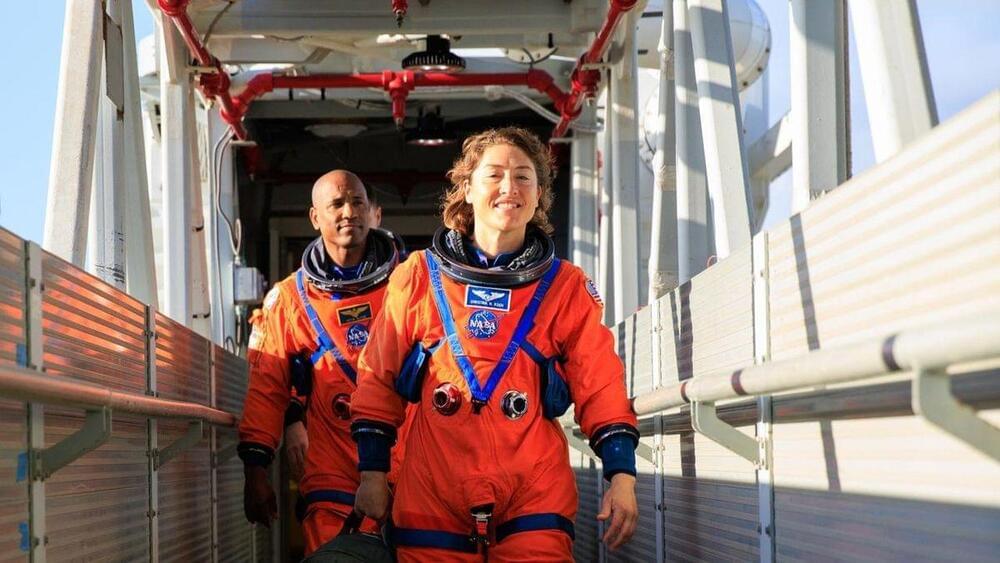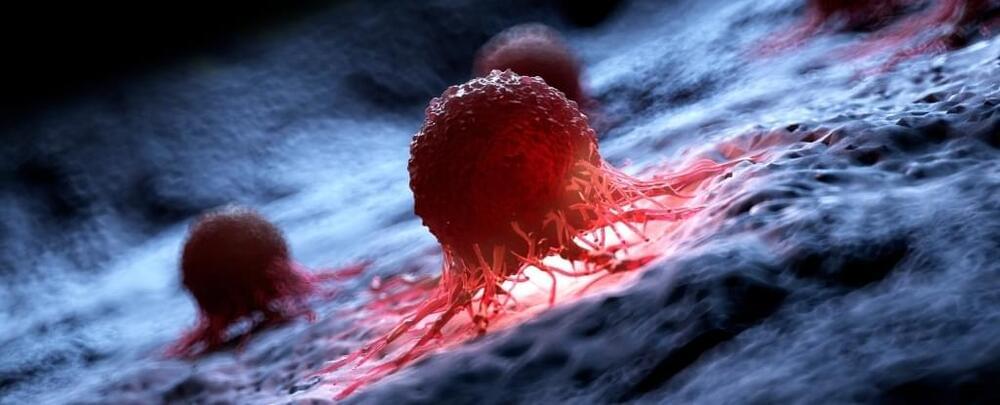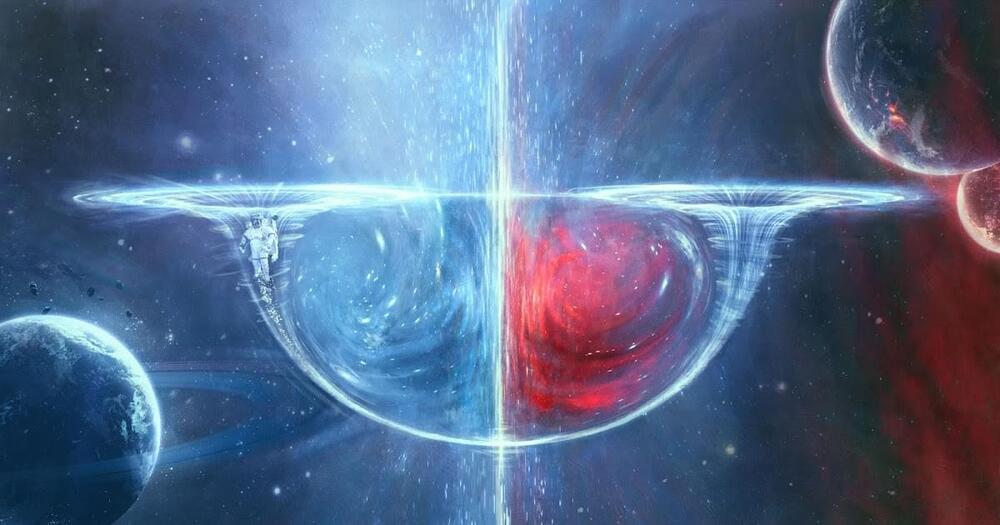Page 782
Dec 27, 2023
We Just Got a Major Step Closer to Teleporting Images Using Only Light
Posted by Shailesh Prasad in categories: innovation, quantum physics
Teleportation of quantum states promises to play a central role in securing the information superhighway of tomorrow.
In spite of the headway that’s been made, the process remains slow and kind of clunky. That could change, with scientists using a new process that could efficiently teleport states of light to form an image using a single pair of entangled photons.
The team, from South Africa, Germany, and Spain, is hopeful that the innovation may help build the secure networks of the future: if the key data isn’t transmitted, then it can’t be stolen.
Dec 27, 2023
US startup ditches towers for pyramid-mounted turbines that dance with wind
Posted by Shailesh Prasad in categories: energy, sustainability
An innovative floating offshore wind turbine prototype was launched in New Bedford, Massachusetts this week. Instead of a single anchor tower, the approach uses a pyramid base that can also passively orient itself in the direction of the blowing wind.
As wind turbines get bigger and sweep larger areas in a single rotation, wind farms move offshore to gain maximum advantage from powerful sea winds. Over the years, the costs of wind-based energy have been plummeting, but as wind farms are set up farther into the sea, the costs and time required to set up new wind farms are bound to increase.
Dec 27, 2023
Will Artemis 2 launch to the moon in 2024? NASA has a lot of work ahead
Posted by Kelvin Dafiaghor in category: space travel
Dec 27, 2023
Scientists Destroy 99% of Cancer Cells in The Lab Using Vibrating Molecules
Posted by Shubham Ghosh Roy in categories: biotech/medical, nanotechnology
Scientists have discovered a new way to destroy cancer cells. Stimulating aminocyanine molecules with near-infrared light caused them to vibrate in sync, enough to break apart the membranes of cancer cells.
Aminocyanine molecules are already used in bioimaging as synthetic dyes. Commonly used in low doses to detect cancer, they stay stable in water and are very good at attaching themselves to the outside of cells.
The research team from Rice University, Texas A&M University, and the University of Texas, says the new approach is a marked improvement over another kind of cancer-killing molecular machine previously developed, called Feringa-type motors, which could also break the structures of problematic cells.
Dec 27, 2023
Life on a Saturn moon? Study finds key ingredient for biological building blocks
Posted by Shubham Ghosh Roy in categories: biological, space
Dec 27, 2023
Pioneering collaboration introduces US’ first vertical agrivoltaics system
Posted by Shubham Ghosh Roy in categories: energy, sustainability
Join the green revolution! iSun and Next2Sun are reshaping the energy landscape with the US’s first vertical agrivoltaics system.
Embark on a sustainable energy journey as iSun and Next2Sun unite to introduce the first-ever vertical agrivoltaics system in the USA.
Dec 27, 2023
Physicists Have Finally Cracked Stephen Hawking’s Famous Black Hole Paradox
Posted by Shubham Ghosh Roy in categories: cosmology, physics, space travel
Dec 27, 2023
A short history of the Web
Posted by Shubham Ghosh Roy in categories: computing, internet, robotics/AI
The World Wide Web was first tested on Christmas Day in 1990. Tim Berners-Lee and Robert Cailliau set up successful communication between a web browser & server via the Internet.
Tim Berners-Lee, a British scientist, invented the World Wide Web (WWW) in 1989, while working at CERN. The Web was originally conceived and developed to meet the demand for automated information-sharing between scientists in universities and institutes around the world.
CERN is not an isolated laboratory, but rather the focal point for an extensive community that includes more than 17 000 scientists from over 100 countries. Although they typically spend some time on the CERN site, the scientists usually work at universities and national laboratories in their home countries. Reliable communication tools are therefore essential.
